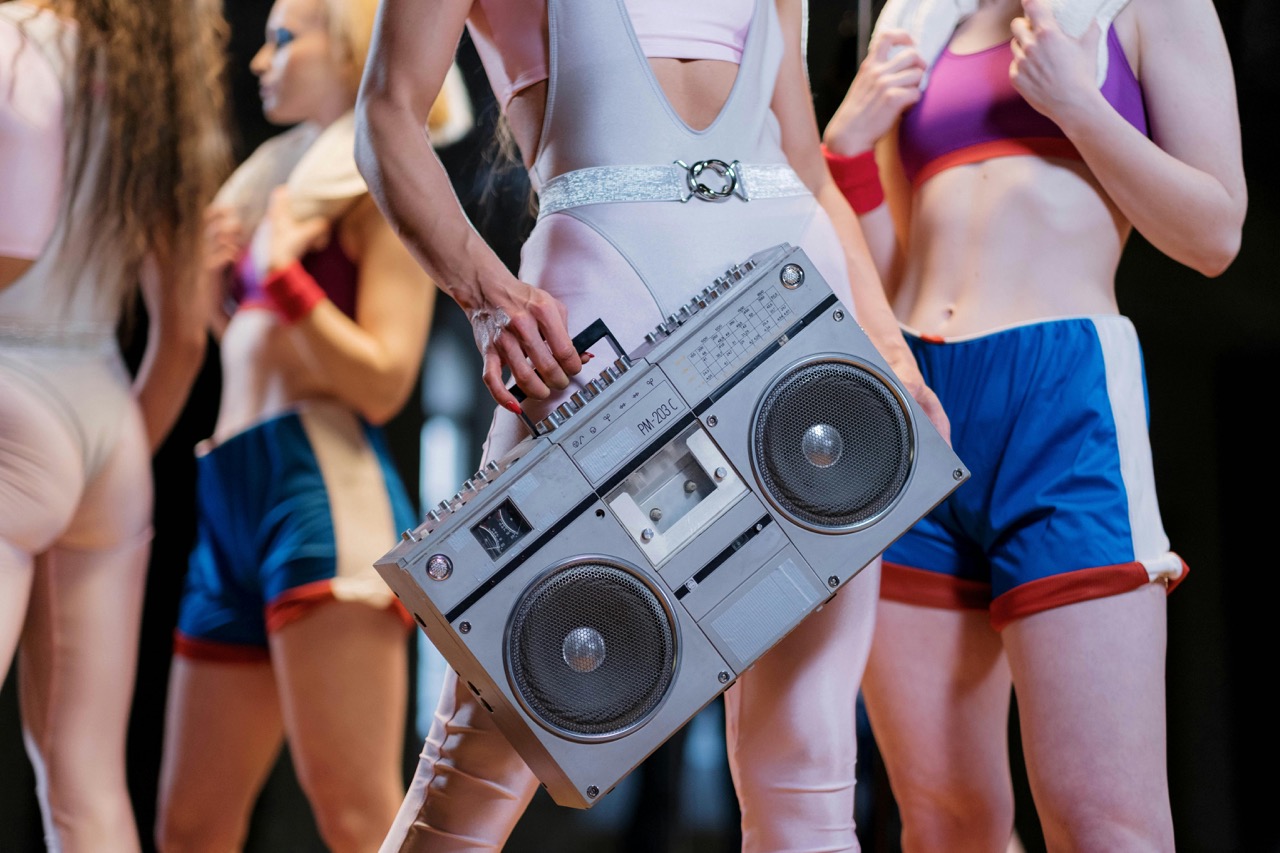When we think about dance, we picture movement, rhythm, and emotion, not so much the clothes we wear while dancing. But what if this overlooked aspect plays a bigger role in our performance than we realize? Let’s explore how fashion choices impact dancers’ confidence, technical execution and even identity.
Can what we wear influence how we dance?
The answer is yes! The research shows that what we wear can affect how confident we feel while dancing. It all comes down to individual preferences and comfort. For example, some people prefer tight clothing because it helps them feel more in tune with their body’s movements. Others enjoy looser clothing because it gives them a sense of freedom. The key is finding what works best for you.
But clothes aren’t just about comfort. For many dancers, getting dressed for class is a ritual that helps them feel ready and excited to perform. Studies on social dances reveal that what you wear can also send a message to others. In social dance settings, like salsa or bachata, the right outfit might make you more approachable and increase your chances of being invited to dance.
Practical guides also emphasize the role of dressing appropriately for specific dance styles. For ballet, form-fitting clothes help show your posture and movements clearly. Jazz dancers often wear snug yet flexible outfits, while hip-hop dancers lean toward loose, baggy styles. No matter the style, the goal is to feel both comfortable and stylish.
@matildafleberg Snippet from my weekly jazzfunk class👯♀️✨✨✨ #fyp #foryou #foru #foryoupage #choreographer #dance #jazzfunk #streetjazz #danceclass #stockholm ♬ originalljud - Matilda Fleberg
From Stage to Street
The connection between dance and fashion goes both ways. Fashion being created for dance, has also historically drawn inspiration from it. Take the balletcore trend, for example. Pastel colors, tulle skirts, and ballet flats have made their way from dance studios to everyday wardrobes, thanks to luxury brands like Dior and Balmain. Ballet’s impact extends further to the recent Spring/Summer 2025 collections, blending the elegance of ballet with a rebellious, urban vibe.
Similarly, jazz shaped fashion. Dancing to jazz music required freedom of movement, sparking a fashion revolution (remember the iconic flapper girl style?). Driven by the energetic demands of jazz music, women transformed their appearance, combining comfort with boldness. Brighter colors, shorter hemlines, and loose dresses became symbols of freedom and individuality for a whole generation.
Dance-Fashion Loop
These examples show how dance and fashion influence each other. This relationship is not just about aesthetics or practicality. It’s a deep psychological loop, where in other words dance inspires fashion to explore new realms of art and functionality, while fashion, in turn, allows dancers to push boundaries in self-expression.
Dancing has become therapeutic for me, and dressing up for it has become a vital part of that experience. If you’ve ever felt shy or awkward on the dance floor, try wearing something that makes you feel confident and beautiful. You might be surprised at how much it changes your experience. After all, dancing is about joy, and sometimes, the right outfit can help you find it.



